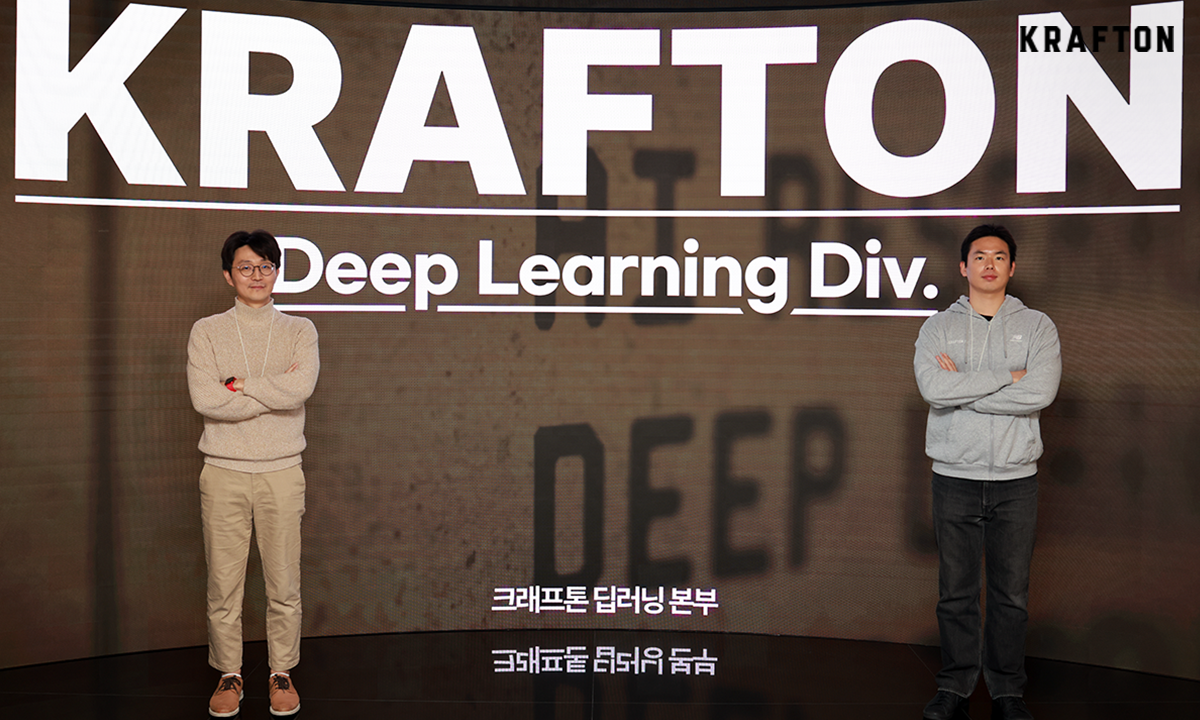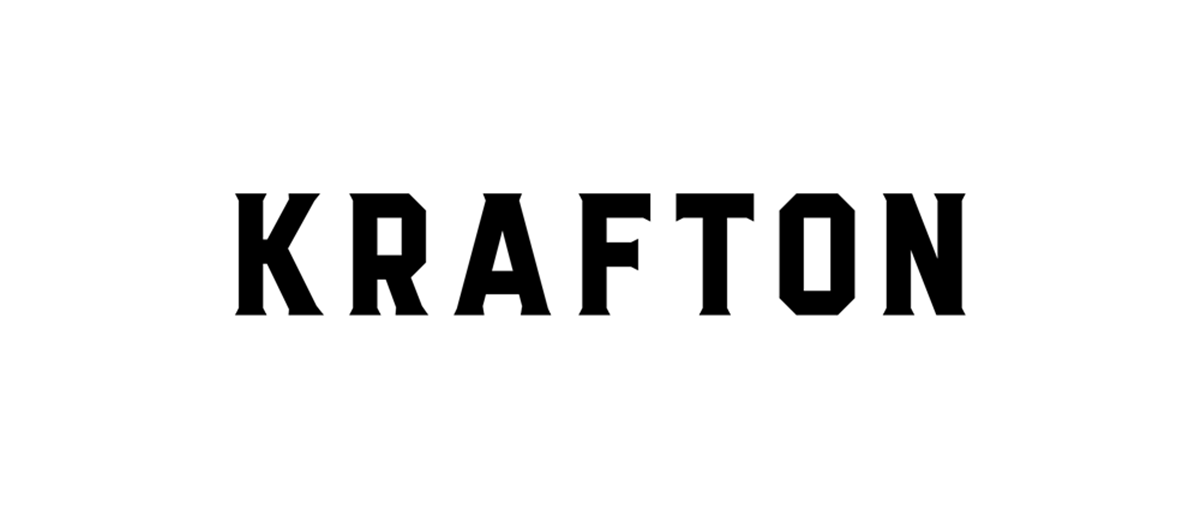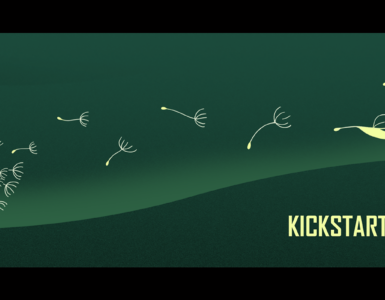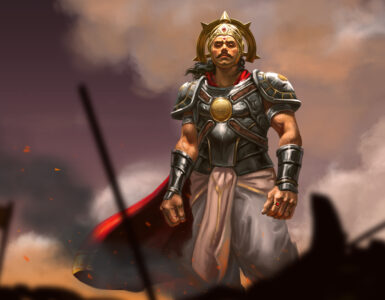We now understand that we can no longer separate our daily lives from artificial intelligence technologies. AI is innovating various industries, including manufacturing, logistics, finance, medicine, and IT, and is present in every corner of our lives, from private spaces like homes and workplaces to the public sector. The gaming industry is no exception, actively utilizing AI.
KRAFTON is enhancing company productivity through AI tools and manuals created by the company’s Deep Learning Headquarters, with over 90% of employees using AI for work. The company has also been covering the entire cost of deep learning solutions like ChatGPT for all employees for quite some time.
To delve deeper into the AI journey and the road ahead for KRAFTON, a staunch advocate of AI, we have invited Junsik Seong from the Deep Learning HQ and Dogyun Kim from the AI Strategy Team for an interview.
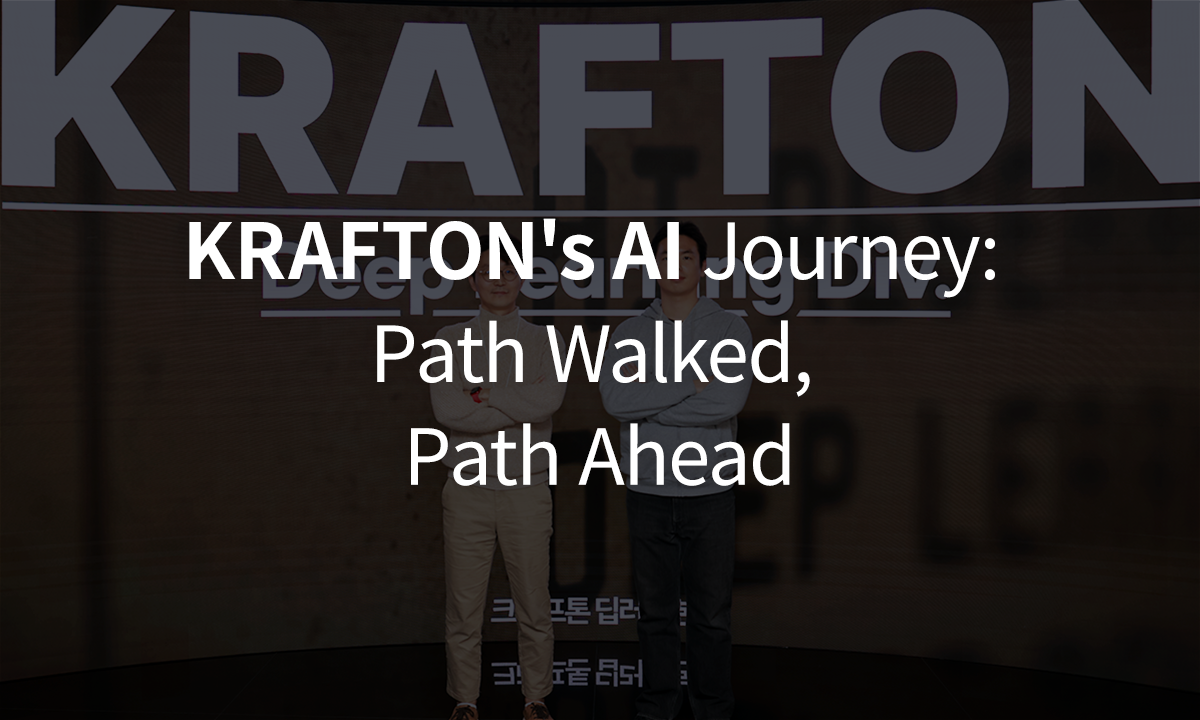
Nice to meet you. Can you please introduce yourself?
Junsik: Hi, I’m Junsik Seong, and I lead the Applied Deep Learning team at the Deep Learning HQ.
Dogyun: Hello, I’m Dogyun Kim, the manager of the AI Strategy team, which has been newly established. The AI Strategy team supports the adoption of AI at KRAFTON and within creative studios, devises strategies to secure the AI technologies required, and plans to productize the superior strategies developed at KRAFTON in the long run.
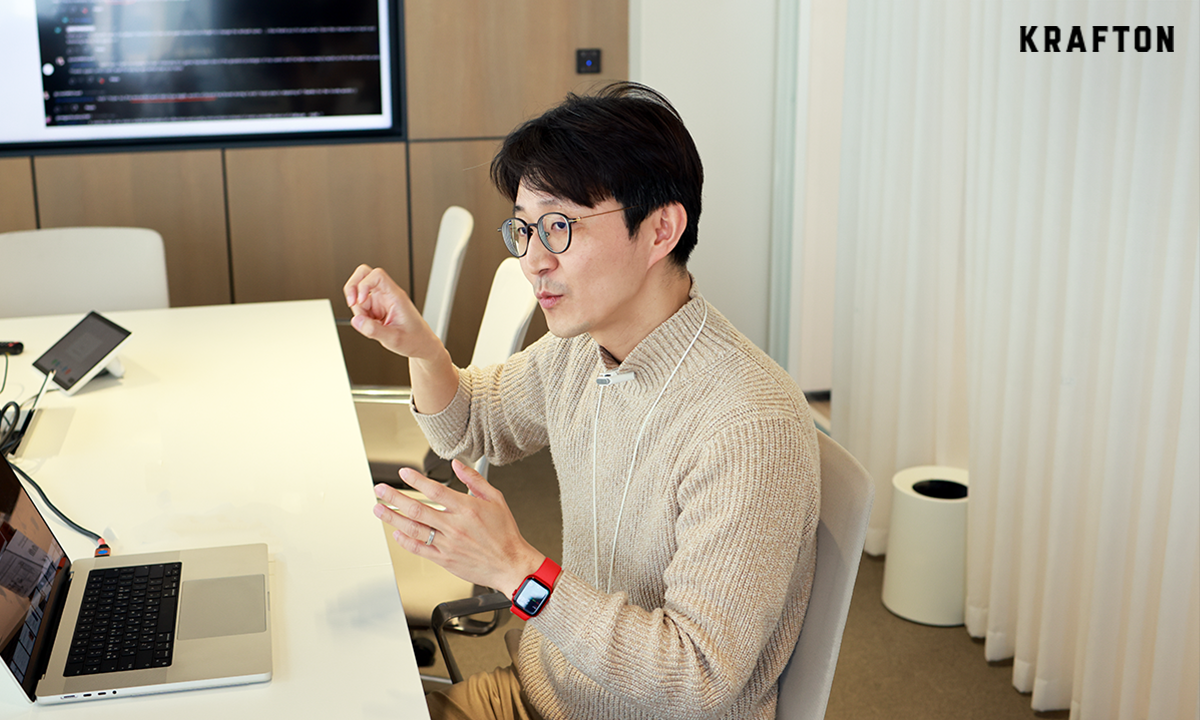
Many Korean game companies, including KRAFTON, have recently been accelerating the development of their AI technologies. Among many competitors, what are the strengths of KRAFTON’s AI?
Junsik: First and foremost, I can proudly say that we boast the best R&D capabilities in voice generation in Korea. Our latest research will be presented at ICLR (The International Conference on Learning Representations) 2024, one of the top 3 global deep learning conferences, and will be actively utilized for internal or game use.
Our R&D level in NLP (Natural Language Processing) is on par with that of voice generation, positioning our research team as the best in terms of language model utilization. The team is focused on developing solutions to overcome the chronic limitations of language models, generation speed and accuracy, and we expect to showcase promising results soon. Furthermore, various R&D projects related to 2D/3D assets and motion generation, among others, are ongoing, aiming to position ourselves at the forefront with the most talented Korean researchers in our hiring pipeline.
Dogyun: Executive management with profound understanding and capabilities, along with a strong commitment to AI. Open-minded studios that are actively engaged in testing new technologies. High hopes among all employees regarding AI utilization. After all, this open-hearted atmosphere is KRAFTON’s greatest strength, don’t you think? (Laughs).
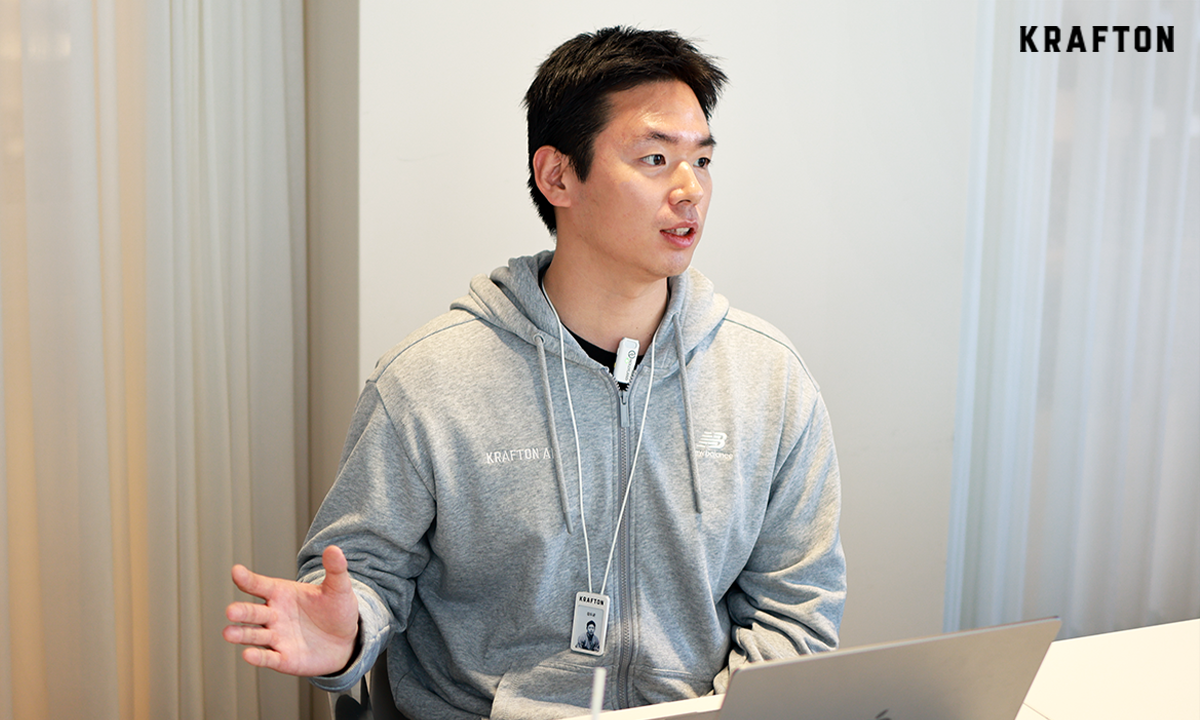
More people are increasingly focusing on the impact of generative AI technologies across industries. What innovations do you believe the game industry will achieve with these technical advancements? Additionally, what role will the game industry play in the era of AI?
Junsik: Engaging with NPCs allows for a significant expansion of the narratives that users experience, aiding writers in surpassing physical limitations and generating more interactions in the same timeframe. For instance, we initially struggled to incorporate numerous voiceovers into our games due to physical, financial constraints. However, advanced voice generation techniques now enable us to create audio sources without the need for manual recording. This advancement permits us to convey the emotions behind the texts to users more effectively. Such an expansion in the range of emotions we can deliver through games leads to an overall enhancement in the quality of game experience.
Similar to other industries, we anticipate a significant increase in productivity for the game industry, as well as an improvement in overall game quality through the delivery of more profound experiences to users.
Dogyun: KRAFTON is anticipating 2 overarching, or 4 detailed, innovations with AI technologies. We expect AI to revolutionize game development processes and introduce new forms of entertainment, as outlined below:
1. AI-driven production cost optimization
2. Discovery and creation of new creative content using AI
3. Virtual friends engaging in games together
4. Unique and endless gameplay
These are the benefits we currently foresee, and we at KRAFTON expect these anticipated benefits to evolve as AI’s roles expand/mature.
Game serves as a platform where various offline environments are replicated online, allowing for the rapid testing of new AI technologies before their real-world application. As we use game data to simulate real-world physics and train AI models—similar to OpenAI’s SORA project—online game data with offline world characteristics provides invaluable information essential for the advancement of the AI industry. As such, I believe the game and the AI industry can complement and fuel each other’s growth.
It is said that the biggest bottleneck to introducing generative AI into games is the ‘latency (the speed of response to user input).’ I wonder how you plan to tackle this issue.
Junsik: We can maintain the performance of a high-performing larger model while designing and training a smaller model that operates within the required response speed through a technique known as Knowledge Distillation. The scope of application for this, however, can vary significantly by purpose. We’ll be able to leverage this if we combine suitable foundational technologies based on the situation.
- Reinforcement training, although its effectiveness can vary based on its application, can be employed to generate responses within the required timeframe, often because the model sizes are manageable.
- For voice recognition and generation, we have various algorithms that are nearly ready for productization, and some can operate at exceptionally high speeds. (Less than 0.1 second required to recognize/generate 1 second of audio respectively)
- LLMs, as you may know, have not yet achieved fast response speeds, but we can enhance performance using the Knowledge Distillation approach mentioned earlier or by designing small models that demonstrate high performance for targeted domains.
- However, given the limitations of each element, our goal is to achieve satisfactory results by appropriately combining necessary elements rather than trying to integrate all required elements simultaneously at this point (of course, the ultimate virtual friend will utilize all technology pipelines above).
- For example, we can decide to utilize LLM for Defense Derby. However, using reinforcement training is better to deliver the desired results within the given time.
- For example, when creating a bot that communicates with users, instead of using <Voice Recognition (VR)+LLM+Voice Generation (VG)>, you can achieve expected results with simpler combinations of <VR+sLM> or <VR+Reinforcement Training>, or choose <sLM+VG> to make the bot react to user actions.

I think many fans, both here and abroad, are curious whether AI technologies are applied to inZOI development as well, can you give us a hint?
Junsik: As you may be aware, inZOI is a life simulation game. We are exploring various AI solutions as we design the game to enable users to interact with numerous NPCs and express and experience many things within the inZOI world. Also, we are looking to use AI for game scenarios and operating environments.
Any last comment for our readers?
Junsik: At the end of the day, game is a simulation that allows users to pursue entertainment.
Thus, if AI is ‘successfully’ integrated, the game will become uniquely engaging and infinitely replayable. To elaborate, individual players will be able to enjoy their own distinct and limitless experiences, like they can have different conversations with the same AI chatbot. I believe that day is not far off (laughs).
